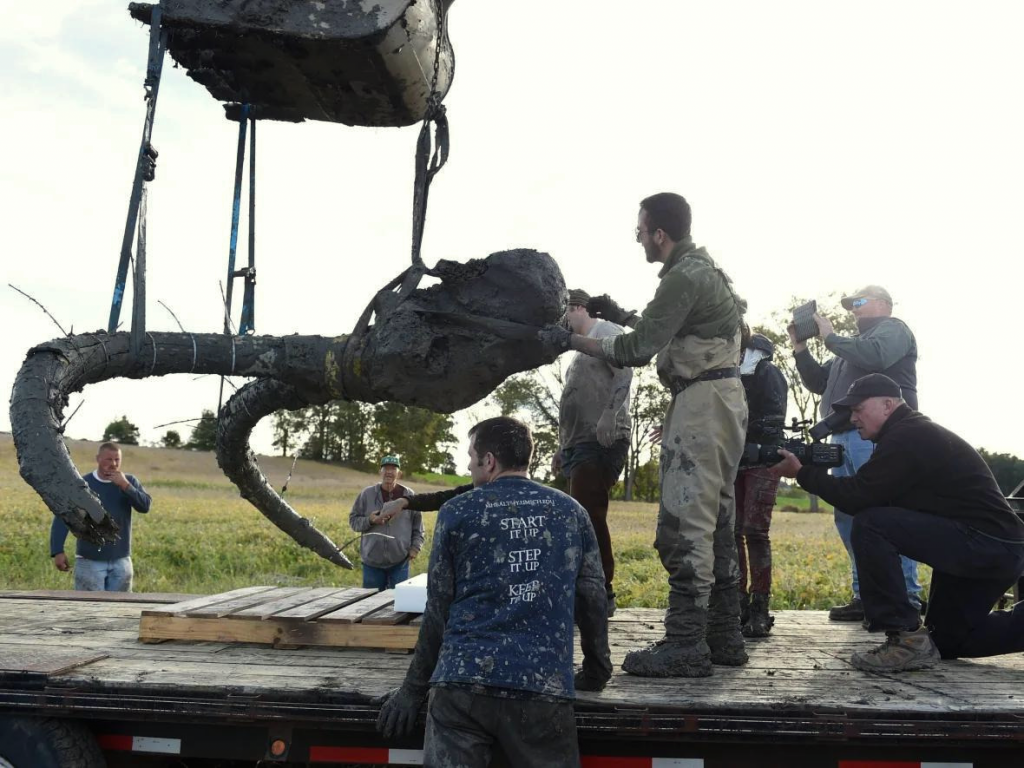The discovery of a Jeffersonian Mammoth in a Michigan farmer’s field has once again shed light on the state’s rich prehistoric history. As farmers were digging in the field to drain it, they came across something that looked like wood, but upon closer inspection, they realized it was bones. They immediately contacted the University of Michigan, who sent paleontologist Daniel Fisher to the site.
In just one day, Fisher and his team were able to uncover the head, tusks, vertebrae, and ribs of the mammoth, a Jeffersonian, a hybrid of the Woolly and Columbian mammoths. This species was known for being gigantic and impressive, and it’s not every day that you come across such a find in a field.
#

The discovery of this Jeffersonian Mammoth is significant not just because it’s a rare find, but because it adds to the growing list of mammoths that have been discovered in Michigan. According to reports, there have been at least 30 mammoths found in the state, making it a hotbed for paleontological discoveries.
#

While this particular mammoth might have been missing some of its bones, possibly removed by humans who hunted it for food, it still provides valuable insight into the state’s prehistoric past. It’s a reminder that Michigan was once home to a diverse range of species, including giant mammoths, and it’s exciting to think about what other discoveries might be waiting to be uncovered.
#

The discovery of this Jeffersonian Mammoth also highlights the importance of preservation and conservation efforts in the state. As development continues and more land is utilized for farming and other purposes, it’s crucial that paleontologists have the opportunity to uncover and study these fossils before they’re lost forever.
#

In conclusion, the discovery of the Jeffersonian Mammoth in a Michigan farmer’s field is a thrilling find that sheds light on the state’s rich prehistoric history. It’s a reminder of the importance of preserving and conserving the state’s natural resources, including its fossils, so that future generations can learn and appreciate the fascinating history of the area.
As the field of paleontology continues to grow and evolve, there’s no telling what other exciting discoveries might be made in Michigan. We can only hope that the state will continue to support and encourage the work of paleontologists so that we can learn more about our prehistoric past.


